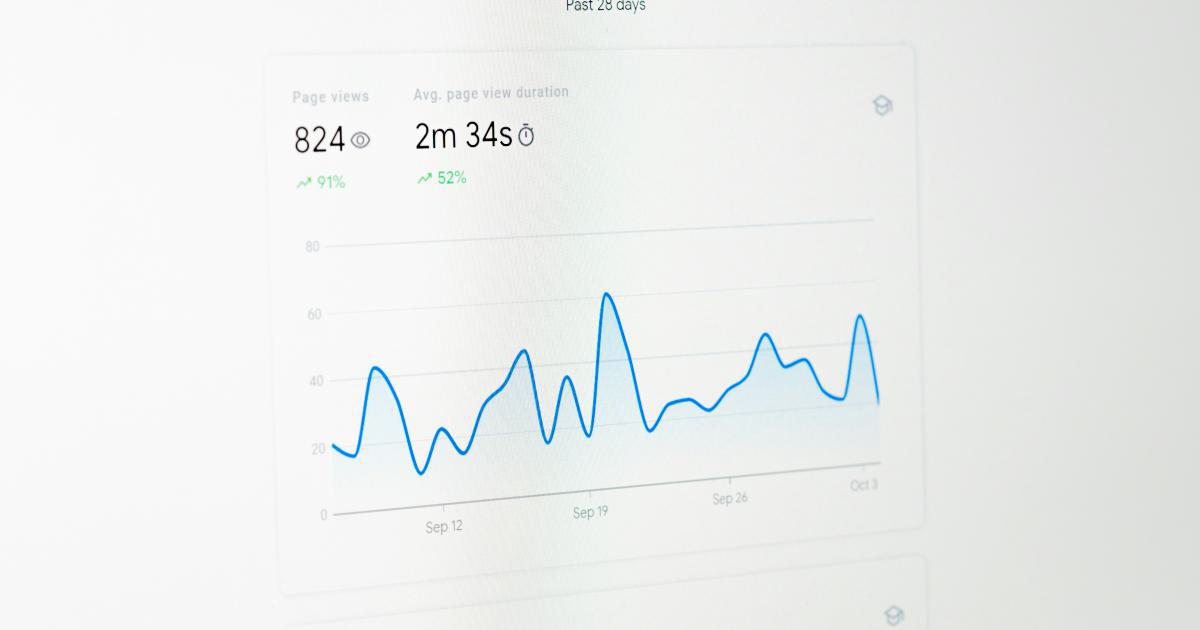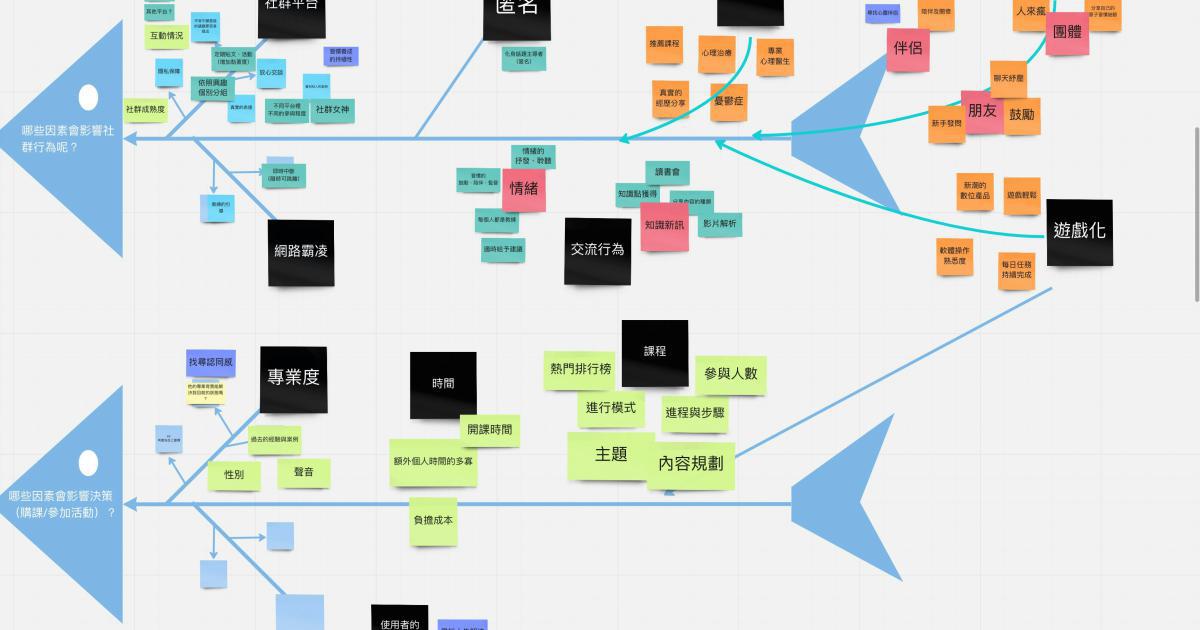Boost Brand Visibility with Targeted Content Distribution


Introduction: The Power of Strategic Content Distribution
In today's crowded digital landscape, simply creating high-quality content is no longer enough to stand out and reach your target audience. Effective brand visibility and audience engagement require a well-thought-out content distribution strategy. By leveraging targeted content distribution channels, businesses can amplify their message, increase brand awareness, and ultimately drive more valuable leads and conversions.

This article explores the strategic approach to content distribution that can help you boost your brand's visibility, engage your audience, and achieve your marketing objectives. We'll dive into the key principles, best practices, and actionable tips to optimize your content distribution efforts and take your brand to new heights.
Understanding the Content Distribution Landscape
The Importance of Content Distribution
In the digital era, content is king, but distribution is the true power behind effective content marketing. Even the most expertly crafted content can struggle to reach its intended audience without a well-executed distribution strategy.
"Content is fire, social media is gasoline." - Jay Baer
Effective content distribution allows you to:
Expand Reach: Leverage various channels to amplify your message and connect with a broader, more diverse audience.
Enhance Visibility: Increase the chances of your content being discovered by your target customers and industry influencers.
Drive Engagement: Encourage your audience to interact with your content, share it, and become more invested in your brand.
Nurture Relationships: Build stronger connections with your audience by providing valuable, relevant information consistently.
Measure Performance: Gather insights into which distribution tactics are most effective, allowing you to optimize your strategy over time.
Identifying Your Target Audience
Before you can develop a successful content distribution plan, it's crucial to have a deep understanding of your target audience. Analyze demographic data, psychographic factors, and buyer personas to paint a clear picture of who you're trying to reach.
Consider the following questions:
- What are their pain points, interests, and preferences?
- Where do they spend time online and consume content?
- What type of content format and tone resonates best with them?
- What are their buying behaviors and decision-making processes?

By tailoring your content distribution efforts to your target audience, you can maximize the impact and effectiveness of your marketing campaigns.
Mapping the Content Distribution Ecosystem
The content distribution ecosystem comprises a diverse range of channels, platforms, and tactics. Understanding the strengths and limitations of each option will help you create a well-rounded distribution strategy.
Some key content distribution channels include:
- Owned Media: Your website, blog, email list, and branded social media channels
- Earned Media: Guest posts, industry publications, influencer collaborations, and media mentions
- Paid Media: Sponsored content, social media advertising, search engine marketing, and display advertising
- Shared Media: Social media platforms, online communities, and industry forums
Evaluate the unique characteristics and target audience of each distribution channel to determine the best fit for your content and marketing goals.

Developing a Targeted Content Distribution Strategy
Align Content with Your Marketing Objectives
The first step in crafting an effective content distribution strategy is to clearly define your marketing objectives. Are you aiming to:
- Increase brand awareness and visibility?
- Generate more high-quality leads?
- Nurture existing customer relationships?
- Establish thought leadership in your industry?
- Drive more website traffic and engagement?
Aligning your content distribution efforts with specific, measurable goals will help you evaluate the success of your tactics and make data-driven adjustments as needed.
Diversify Your Content Formats
Delivering content in a variety of formats can greatly enhance its reach and engagement. Consider creating a mix of content types, such as:
- Blog posts
- Video tutorials
- Infographics
- Podcasts
- eBooks and whitepapers
- Social media updates
- Webinars and live streams
- Interactive calculators or quizzes
Diversifying your content formats allows you to cater to the unique preferences and consumption habits of your target audience across different platforms.

Leverage Owned Media Channels
Your owned media channels, such as your website, blog, and email list, serve as the foundation of your content distribution strategy. These channels give you complete control over the content, user experience, and branding.
Some key tactics for leveraging owned media include:
- Optimizing your website for search engine visibility
- Consistently publishing high-quality blog content
- Building an engaged email subscriber base
- Promoting content across your social media profiles
- Repurposing content into various formats (e.g., video, infographic)
By consistently delivering value through your owned media, you can establish your brand as a trusted authority and organically attract new followers and subscribers.
Expand Reach Through Earned Media
Earned media, such as guest posts, industry publications, and influencer collaborations, can significantly amplify your content's reach and credibility. These third-party endorsements can help you tap into new audiences and boost your brand's visibility.
Consider the following strategies for leveraging earned media:
- Pitch guest post opportunities to relevant industry blogs and websites
- Collaborate with influential industry figures or social media influencers
- Pursue media mentions and coverage in trade publications or news outlets
- Participate in online communities and forums to establish thought leadership

Utilize Paid Content Distribution Channels
While owned and earned media are essential, a well-rounded content distribution strategy often includes a selective use of paid media channels. Paid options can help you reach highly targeted audiences, amplify your content's visibility, and drive measurable results.
Some effective paid content distribution tactics include:
- Sponsored content placements on industry-relevant websites
- Social media advertising campaigns on platforms like Facebook, LinkedIn, or Twitter
- Search engine marketing (SEM) to boost the visibility of your content in search results
- Targeted display advertising on relevant websites or platforms
When implementing paid distribution, be sure to track the performance of your campaigns and optimize them based on data-driven insights.
Prioritize Audience Engagement
Effective content distribution is not just about pushing your message out; it's about fostering meaningful interactions with your target audience. Encourage engagement by:
- Responding promptly to comments and messages
- Soliciting feedback and user-generated content
- Hosting live Q&A sessions or webinars
- Participating in relevant online discussions and communities
By cultivating an engaged audience, you can deepen your brand's connection with customers, gather valuable insights, and turn loyal followers into brand advocates.

Analyze and Optimize Your Distribution Efforts
Continuously monitoring the performance of your content distribution tactics is essential for refining your strategy and achieving your marketing goals. Leverage analytics tools, A/B testing, and audience feedback to identify your most effective distribution channels and tactics.
Key metrics to track include:
- Traffic and engagement metrics (e.g., page views, time on page, bounce rate)
- Lead generation and conversion rates
- Social media metrics (e.g., shares, comments, likes)
- Email open and click-through rates
- Referral traffic from earned media placements
Regularly review your data and make adjustments to your content distribution plan, ensuring that you're continuously improving your reach, engagement, and overall marketing performance.
Overcoming Content Distribution Challenges
Cutting Through the Noise
One of the primary challenges in content distribution is the sheer volume of information competing for your audience's attention. With the proliferation of digital content, it can be difficult to stand out and ensure your message is heard.
To overcome this, focus on creating truly valuable, engaging content that addresses your audience's pain points and interests. Additionally, leverage a diverse range of distribution channels and tactics to increase the chances of your content being discovered.
Maintaining Consistency
Consistent and frequent content publication is essential for building and maintaining a strong brand presence. However, sustaining a steady cadence of high-quality content can be a significant challenge for many organizations.
To combat this, develop a content calendar and distribution plan that outlines your editorial schedule, content formats, and channel-specific publishing strategies. Automate and streamline your content creation and distribution processes wherever possible to ensure a steady flow of fresh, relevant content.

Measuring and Optimizing Performance
Accurately measuring the effectiveness of your content distribution efforts can be a complex task, especially with the multitude of metrics and analytics available. Determining which metrics to track and how to interpret the data can be a significant hurdle.
To overcome this challenge, start by clearly defining your marketing objectives and aligning your KPIs accordingly. Leverage analytics tools and platforms to gain a comprehensive view of your content's performance across various distribution channels. Continually analyze your data, identify areas for improvement, and make data-driven adjustments to optimize your strategy.
Adapting to Platform Changes
The digital landscape is constantly evolving, with social media platforms, search engine algorithms, and other distribution channels regularly updating their policies and features. Keeping up with these changes and adapting your content distribution tactics accordingly can be a significant challenge.
To stay ahead of the curve, closely monitor industry news and platform updates, and be prepared to pivot your strategy as needed. Maintain a diverse distribution approach to mitigate the risk of relying too heavily on a single platform or channel.
Practical Applications and Case Studies
Boosting Brand Awareness through Earned Media
The Challenge: A startup in the financial technology industry was struggling to build brand awareness and establish itself as a thought leader within a crowded market.
The Solution: The company implemented a strategic earned media campaign, which included:
- Securing guest post opportunities on industry-leading finance and technology blogs
- Collaborating with influential fintech influencers to co-create and promote content
- Pitching expert commentary and byline articles to relevant trade publications
The Results: The earned media placements helped the startup reach a wider audience, increase website traffic, and position the brand as an authoritative voice in the fintech space. This, in turn, led to a significant increase in lead generation and new customer acquisitions.

Driving Website Traffic through Optimized Content Distribution
The Challenge: A SaaS company was struggling to drive consistent traffic to its website and blog, hindering its lead generation and sales efforts.
The Solution: The company implemented a comprehensive content distribution strategy that included:
- Optimizing website content and blog posts for search engine visibility
- Repurposing blog content into social media updates, videos, and email newsletters
- Promoting content across owned social media channels and leveraging paid social advertising
The Results: The diversified content distribution approach led to a 40% increase in website traffic, a 25% boost in email subscriber growth, and a 30% uplift in marketing-qualified leads. The company also observed a significant improvement in brand awareness and thought leadership positioning within its industry.

Nurturing Customer Relationships through Engaging Content
The Challenge: A B2B software company wanted to strengthen its customer retention and loyalty by providing more value-added content to its existing client base.
The Solution: The company implemented a strategic content distribution plan that focused on engaging its customer base, including:
- Regularly sharing educational blog posts, video tutorials, and industry insights via email newsletters
- Hosting live webinars and Q&A sessions to address customers' pain points and questions
- Encouraging customers to share their own success stories and user-generated content
The Results: The customer-centric content distribution approach led to a 15% increase in customer retention rates, a 20% uplift in customer referrals, and a significant improvement in customer satisfaction and brand loyalty. The company also observed a rise in upsell and cross-sell opportunities among its existing client base.

Conclusion: Elevating Your Brand through Targeted Content Distribution
In today's crowded digital landscape, effective content distribution is essential for elevating your brand's visibility, driving meaningful engagement, and achieving your marketing objectives. By developing a strategic, multi-channel approach to content distribution, you can expand your reach, nurture deeper connections with your target audience, and position your brand as a trusted industry authority.
Remember, the key to successful content distribution lies in understanding your audience, diversifying your content formats, leveraging a mix of owned, earned, and paid channels, and continuously analyzing and optimizing your tactics. Stay agile, experiment with new approaches, and be prepared to adapt to the ever-evolving digital landscape.
As you embark on your content distribution journey, consider the following thought-provoking questions:
How can you further personalize and tailor your content distribution efforts to better align with your target audience's preferences and behaviors?
What innovative content formats or distribution channels could you explore to differentiate your brand and stand out from the competition?
What strategic partnerships or collaborations could you pursue to amplify your content's reach and credibility?
By addressing these questions and continuously refining your content distribution strategy, you'll be well on your way to boosting your brand's visibility, driving meaningful engagement, and achieving your marketing goals.
Further Reading
- The Ultimate Guide to Content Distribution
- 7 Proven Content Distribution Tactics to Boost Your Visibility
- How to Develop a Winning Content Distribution Strategy
- The Importance of Content Distribution in Digital Marketing
- 10 Effective Content Distribution Channels for Marketers